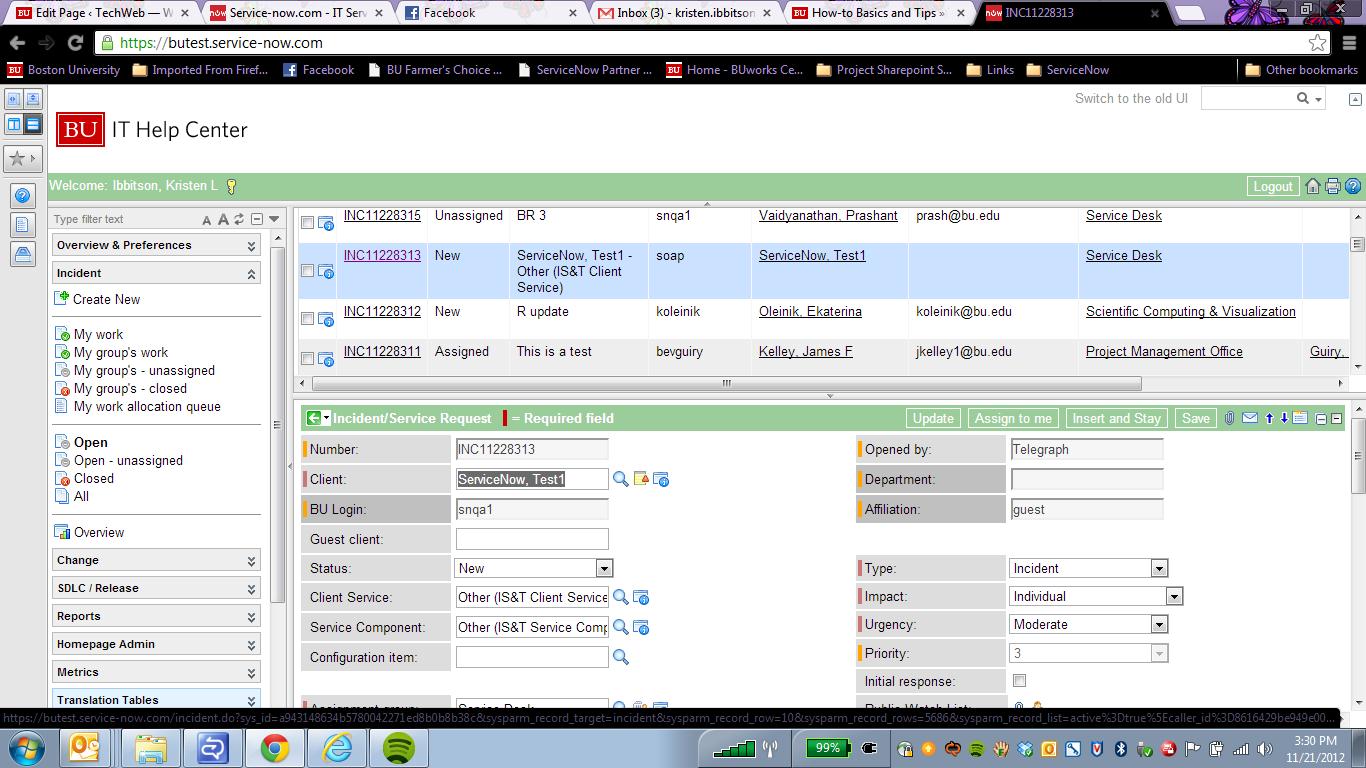

- #Construct a new user interface file appstudio how to
- #Construct a new user interface file appstudio install
The same data can be referenced by multiple apps.ĭownloaded apps are contained in a folder named with the ArcGIS item ID. Modules-Add your own QML libraries that can be used by different apps.Settings-Contains properties for each app.Templates-Contains template apps that are either created locally in Qt Creator or downloaded from ArcGIS.Use these template apps to generate your own apps. Template apps that are downloaded are contained in a folder named with the ArcGIS item ID.ĪppStudio Player is available from Google Play, the App Store, and the Microsoft Store.
#Construct a new user interface file appstudio install
You can install Player directly onto your device from these stores.ĪppStudio Player installation files are also available for Windows, macOS, and Ubuntu and can be downloaded from the AppStudio Resources page and installed in the same way as AppStudio. The installation location for all Player files on the desktop is the same as for AppStudio.Īpps, templates, and data files are located in the following places: Once the installation is complete, a desktop shortcut named AppStudio Player is created.

To uninstall the app using these scripts, browse to your created InstallScripts folder in a command window and enter the following command: To display a user interface for these unattended installations and uninstallations, add the command line parameter showui=true when running the script files. Silent-uninstall-install-ArcGISAppStudio.bat. silent-uninstall-install-ArcGISAppStudio.sh. The period at the end is important, as it indicates that nothing will be installed. To install the app, browse to your created InstallScripts folder in a command window and enter this command: Silent-uninstall-install-ArcGISAppStudio.bat #Construct a new user interface file appstudio install
#Construct a new user interface file appstudio how to
The same command uninstalls all existing versions of the app before installing the new version, allowing you to upgrade the app with one command.In the previous posts we’ve learned the basic concepts of the MVVM pattern and how to apply them in a real application. #Construct a new user interface file appstudio how to In this post we’ll introduce some more advanced concepts, which will be helpful to implement the MVVM pattern in real and complex projects.

We will do it by building a sample application slightly more complex than the one we built in the previous post. #Construct a new user interface file appstudio install.#Construct a new user interface file appstudio how to.


 0 kommentar(er)
0 kommentar(er)
